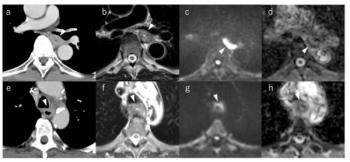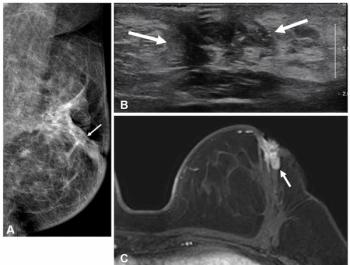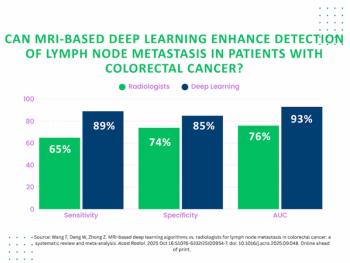
No Drop in Back MRIs After Initiation of Public Reporting
The number of MRIs ordered for low back pain did not decrease after the initiation of public reporting.
Public reporting does not reduce MR imaging rates for low back pain that are potentially unnecessary, according to a study published in
Researchers from the University of Texas School of Public Health in Texas, The Commonwealth Fund in New York, NY, and the Centers for Medicare & Medicaid Services in Baltimore, MD performed a retrospective study to determine if MR imaging rates for low back pain before conservative therapy changed after introduction of a Centers for Medicare & Medicaid Services public reporting initiative.
Claims data for Texas residents insured by Medicare fee-for-service and Blue Cross Blue Shield of Texas (BCBSTX) from 2008 through 2011 were analyzed – a total of 330,463 MR imaging examinations. The researchers calculated OP-8, a publicly reported measure as of 2009, of the proportion of MR imaging examinations performed for low back pain without history of conservative therapy. They analyzed OP-8 rates, trends, and regional variations.
“We found no significant reductions (only a small increase) in the annual OP-8 value when looking at Medicare and Blue Cross Blue Shield of Texas (BCBSTX) populations across Texas,” the authors wrote.
“These changes were not sustained during subsequent years in the BCBSTX population, and there were no further changes in Medicare rates,” they noted:
• Hospitals with highest OP-8 rates had highest decrease in their measure.
• Hospitals with the lowest OP-8 rates had persistent increases in OP-8 rates.
• Hospitals with baseline OP-8 rates in the 25th–75th percentile remained relatively steady over time.
The researchers concluded that there was no evidence that indicated a reduction in MR imaging rates for low back pain without conservative therapy after initiation of public reporting (OP-8).
Newsletter
Stay at the forefront of radiology with the Diagnostic Imaging newsletter, delivering the latest news, clinical insights, and imaging advancements for today’s radiologists.

































